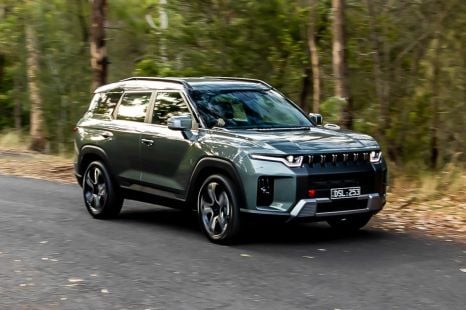

Matt Campbell
2026 KGM Torres Hybrid review
2 Hours Ago

News Editor
Indian automaker Mahindra’s tie-up with the Volkswagen Group will see it introduce five electric vehicles across two new sub-brands, and it has revealed them all in concept form.
Mahindra is investing up to US$250 million (A$356 million) in electric vehicles which will use components sourced from the Volkswagen Group.
The five vehicles are all SUVs, previewed by Mahindra at its new Advanced Design Europe studio in Banbury in the UK. The brand says it has a drivable prototype of one of the cars.
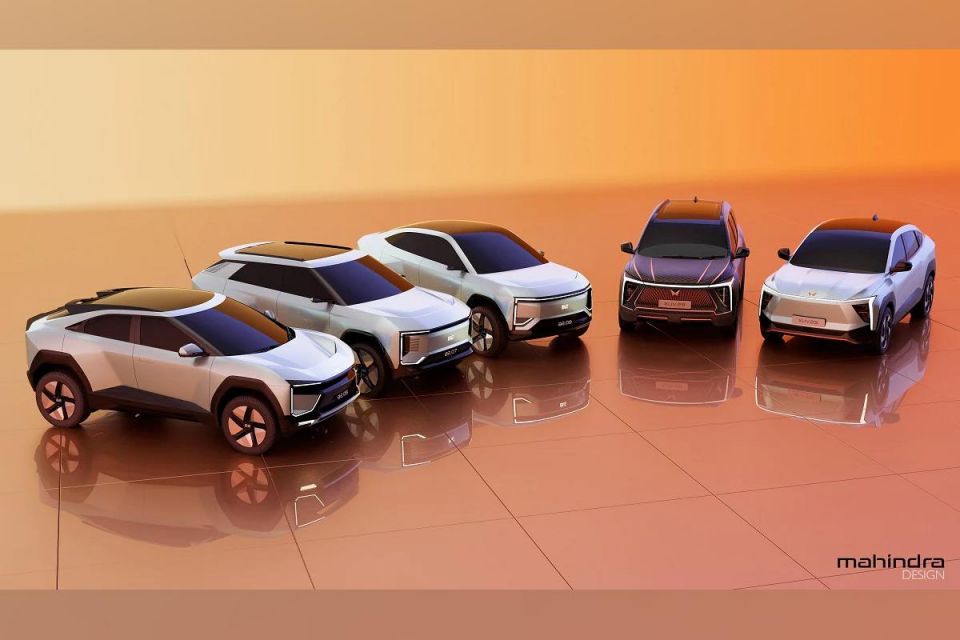
Mahindra didn’t confirm its global plans for the new EV range, but a spokesperson said the range is “designed with the aspiration of a Global Product built on a Global VW platform”.
The range consists of the BE.05, BE.07 and BE.09 from the BE sub-brand, and the XUV.e8 and XUV.e9 from the XUV.e sub-brand, the latter name a nod to Mahindra’s existing XUV models.
Mahindra will introduce the first four of these between 2024 and 2026.
The company is referring to the XUV.e models as “Electrifying Twin Peaks” – a reference not to David Lynch’s surreal drama, but to its logo – and these models will “honour” the company’s legacy, while BE models will have an “audacious” new design language.
All five vehicles ride a new modular platform called Inglo, which will use lithium iron phosphate batteries with a capacity of between 60-80kWh.
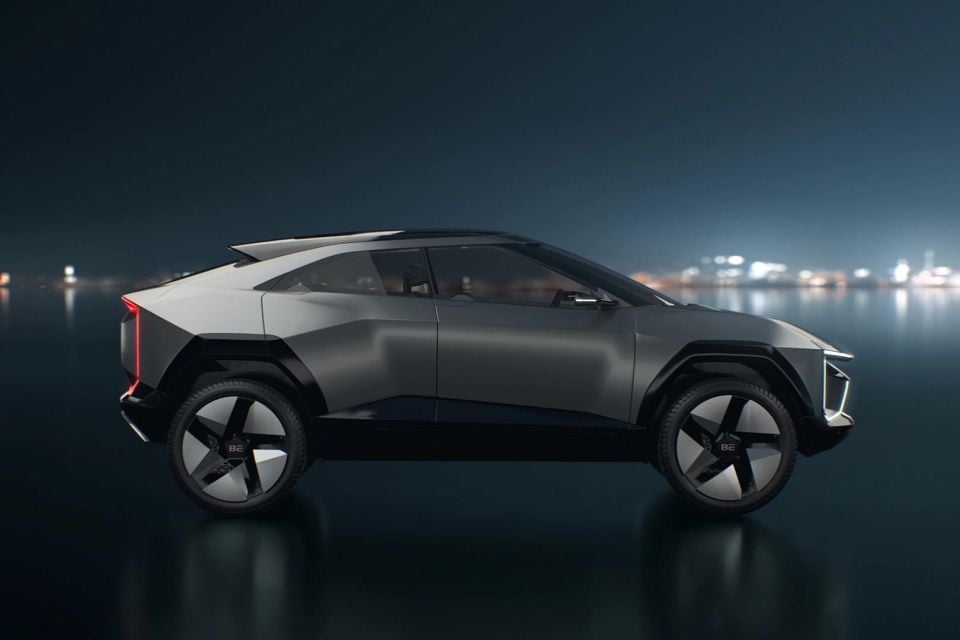
Mahindra says they’ll offer two different cell architectures: blade and prismatic. They’ll support fast-charging at up to 175kW and offer Vehicle to Load (V2L) functionality.
Inglo-based models will offer either 170kW-210kW rear-wheel drive or 250kW-290kW all-wheel drive electric powertrains, with the latter offering 0-100km/h times of between five and six seconds – though no range figures have been quoted.
Mahindra will use electric motors, battery system components and battery cells from the Volkswagen Group’s MEB architecture, which underpins models like the Volkswagen ID.4 and Cupra Born.
The two companies have signed a Term Sheet and will negotiate a final supply agreement by year’s end, and say the tie-up will result in “a volume of more than one million units over lifetime”.

They’ll explore further opportunities for collaboration “opening the perspective towards a broader strategic alliance to accelerate the electrification of the Indian automotive market”.
While Mahindra is best known for its rugged, utilitarian models like the Pik-Up, it’s pitching the upcoming EVs as thoroughly contemporary models.
To that end, they feature embedded 5G connectivity and support over-the-air updates, and have been future-proofed to offer Level 2+ autonomous driving technology.
Mahindra also touts the presence of semi-active suspension that’ll ensure ride comfort – important on Indian roads that often put ours to shame for ruggedness – and promise the vehicles will offer an “immersive sporty drive experience”.
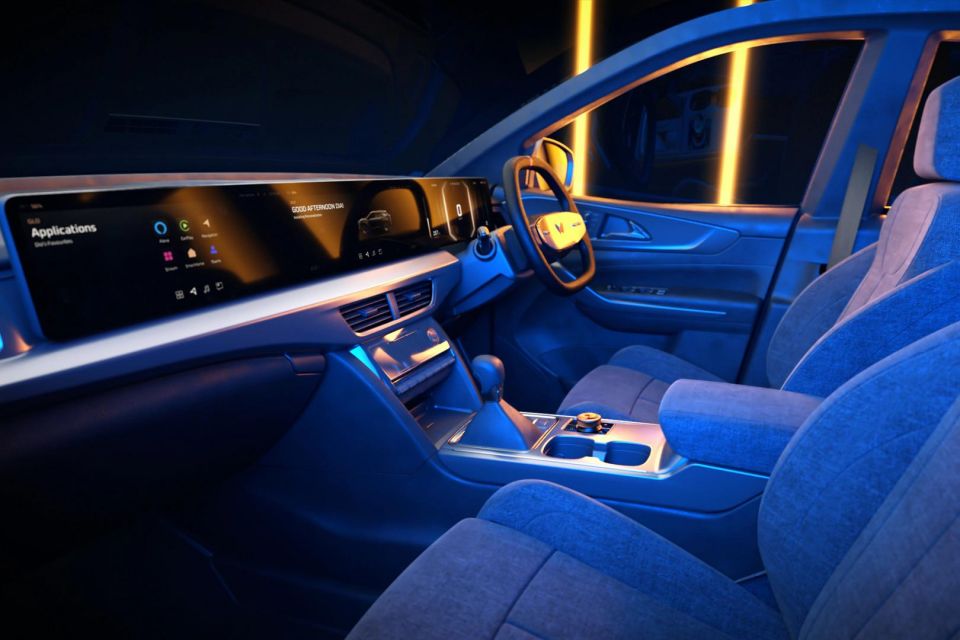
The company also says its Inglo-based models will also achieve a five-star Global N-CAP rating.
Mahindra says it expects EVs to account for 20 to 30 per cent of its SUV sales by March 2027.
For reference, during the 2021/22 fiscal year, Mahindra sold 225,895 passenger vehicles and 177,117 light commercial vehicles in India, with total exports of 32,510.
Mahindra says it already has experience in the electric vehicle space as it holds a 70 per cent share in the electric three-wheeler segment in India, which it entered in 2017.
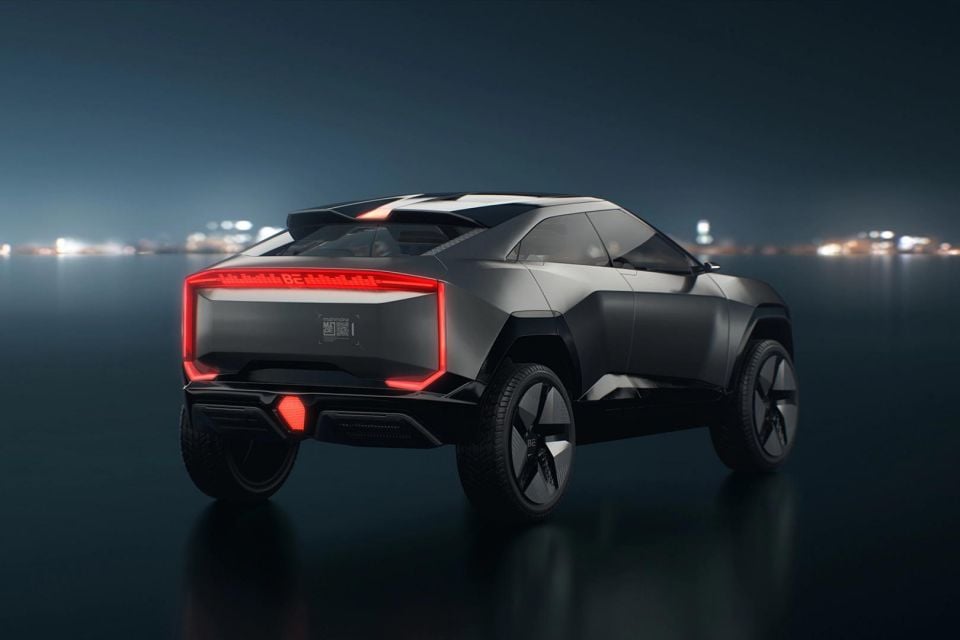
“For four-wheelers our plan is to go even bigger. Not just in India, but around the world,” said Mahindra Group chairman Anand Mahindra.
“Mahindra Advanced Design Europe will be the vanguard of our thrust into electric vehicles.”
Mahindra isn’t the only company that will make use of the Volkswagen Group’s MEB components.
Ford will introduce an MEB-based mid-sized electric crossover in Europe in 2023 and confirmed earlier this year it’ll introduce a second MEB-based model.
The two models will join Ford of Europe’s expanding EV lineup, which will also grow to include a Puma EV.
Where expert car reviews meet expert car buying – CarExpert gives you trusted advice, personalised service and real savings on your next new car.
William Stopford is an automotive journalist with a passion for mainstream cars, automotive history and overseas auto markets.


Matt Campbell
2 Hours Ago


Ben Zachariah
18 Hours Ago


Damion Smy
19 Hours Ago
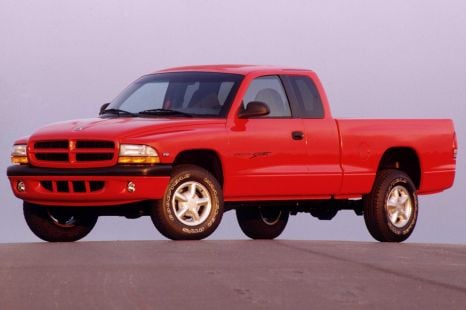

Derek Fung
20 Hours Ago
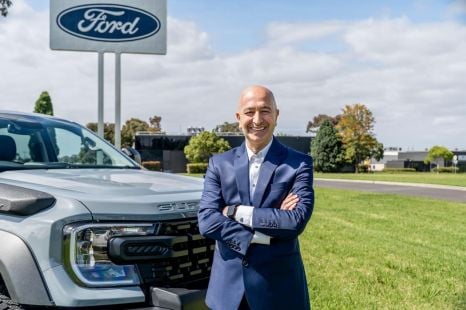

Ben Zachariah
20 Hours Ago
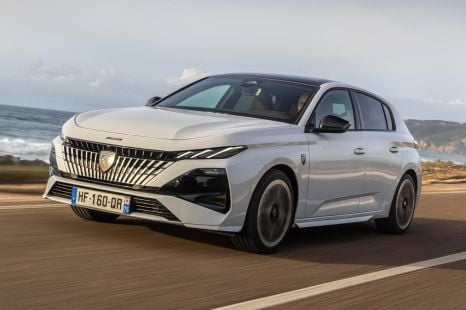

Matt Robinson
1 Day Ago